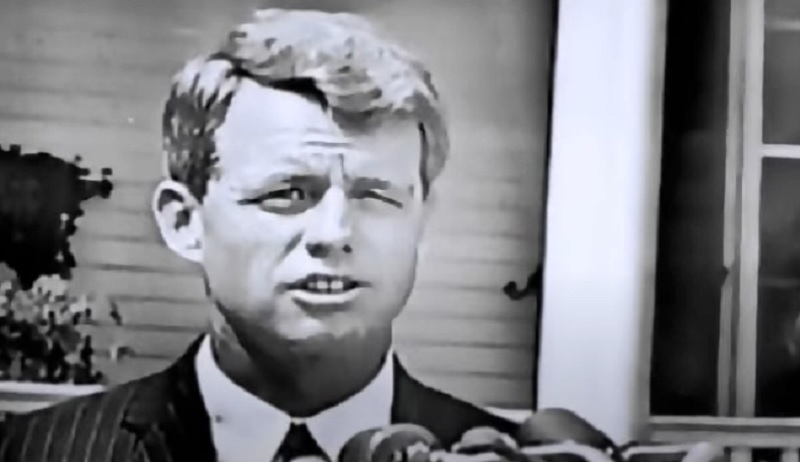
In a report on organized crime during his tenure as U.S. Attorney General while his brother was President, Robert F. Kennedy famously said “Every society gets the kind of criminal it deserves. What is equally true is that every community gets the kind of law enforcement it insists on.” If this were said by our current Democrat-appointed Attorney General one could expect a backlash accusing him of blaming victims and ignoring the powers behind the police establishment.
Is Kennedy’s affirmation, made in September of 1963, true today? An internet search of American cities with the highest crime rates does not always show the same rankings, but some cities always manage to hit the top 20. As with all statistics, answers depend on questions. Ranking overall crime rates might differ from homicide rates which might differ from crimes committed with firearms.
The crimes reported to the police that then get interpreted and sent to the FBI for their annual Crime in the United States report are the fodder for most media reports on crime. Murder is the standard for answering the question of violent crime. While most crimes go unreported, murder tends to come to the attention of law enforcement and is considered the most accurate measure of the dangerousness of a city.
The FBI’s report is comprised of eight major crimes, half are crimes against persons – murder, rape, serious assault, and robbery while half are the property crimes of arson, larceny, auto theft, and burglary. Crime rates are calculated as offenses per 100,000 population enabling rate comparisons by ratio. Other crimes are calculated as well but are less frequently reported by the media and include drug offenses, drunk driving, domestic violence, and other lesser crimes. The accuracy of reporting depends on citizens’ trust of law enforcement to respond effectively, and what benefit (such as collecting on an insurance claim) reporting might be to the victim.
Crime rates in some categories can be masked by police agencies intentionally or unintentionally. The FBI statistics have been the standard measure for about a century, so their value is high. Nevertheless, if an agency wants its crime picture to look rosier, some offenses could be written off as a civil matter (“the jewelry was probably taken by a relative so it’s just a personal problem”), a judgment on the seriousness of an assault might define the offense as a misdemeanor rather than a felony, and a series of crimes such as a rash of car vandalism can be counted as one offense with multiple victims.
Nevertheless, a few cities have managed to stay in the headlines as dangerous. Memphis is one, Detroit is another, and Milwaukee, Atlanta, and Kansas City are the top five murder cities according to a July article in Time magazine.
Memphis is a 2/3 Black population, and its police department is 52% Black. Mayor Jim Strickland is a white Democrat. The District Attorney for Shelby County which includes Memphis is democrat Steven J. Mulroy. He has worked with the ACLU on cash bail reform. “When we think of criminal justice reform, we think of Steve Mulroy,” said one county official.
Number two is Detroit, Michigan, 78% Black, with a police department that is %56 Black. Mayor Mike Duggan, a Democrat is a former Wayne County prosecuting attorney. The current prosecutor is Kym Worthy, a Black attorney and Democrat. Although Worthy has stated “I have repeatedly said that I have no issue with no cash bond for lower-level non-violent offenses, traffic offenses excluding drunk driving and domestic violence, civil infractions and ordinance violations,” she also said that recent bail reforms have gone “too far” and “We have recently seen disturbing results when defendants with violent crimes are given inappropriate bonds. I am not at all convinced this is the solution for serious felonies.”
Milwaukee ranks next in murders per capita. Its Mayor is democrat Cavalier Johnson, the first elected Black mayor of the city. His latest budget reduced police staffing and funding, which he has advocated in previous statements. Milwaukee’s racial makeup is about half white and half Black. Although the Chief of Police is Black, only about a third of the police department is non-white. The county’s prosecutor is John Chisholm who was quoted in a 2007 interview saying “You bet my bail reforms will kill people.”
Do these cities get the crime they deserve? The ballot box is available for change. Are they getting the kind of law enforcement they insist on? Again, change comes at the ballot box. Cities with high crime and high populations of minority citizens are failing those citizens. Or are the citizens failing one another?